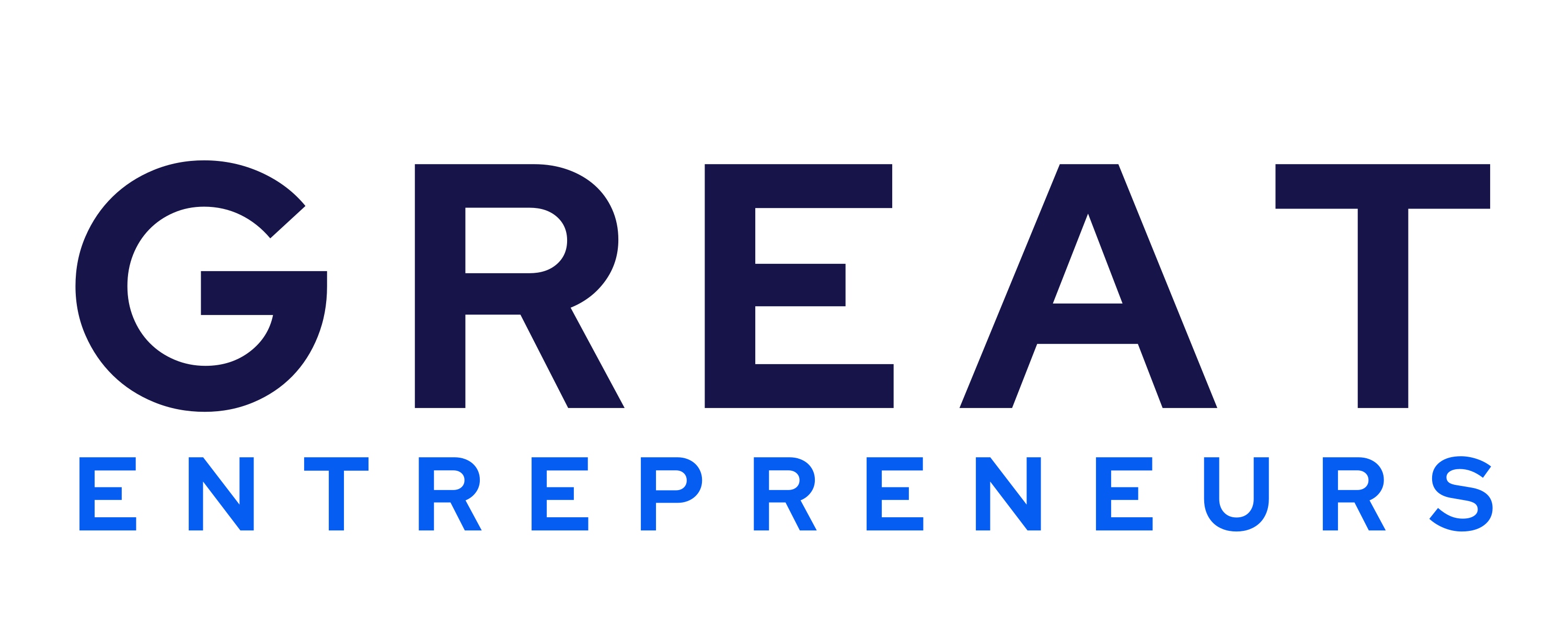Recent trends indicate a significant surge in credit card usage among Americans, particularly for essential expenses like groceries and gas. This uptick reflects the relentless rise in inflation and the cost of living, forcing consumers to reassess their financial priorities. However, the impact of inflation extends beyond consumer goods, seeping into essential services like healthcare.
Since 2000, the inflation-adjusted price of medical care has increased by over 114%, outpacing the rise in overall prices. Consequently, many consumers find themselves sacrificing crucial medical care to afford other pressing life demands, despite the majority having health insurance.
Branden Neish, Chief Product and Technology Officer at healthcare experience company Weave, explains that economic uncertainty and rising costs drive individuals to make tough healthcare choices, often leading to postponed appointments, skipped screenings, and missed treatments. This trend compromises individual health outcomes and places additional burdens on the healthcare system.
Flexible payment options, such as payment plans and Buy Now, Pay Later (BNPL) methods, have emerged as innovative solutions to alleviate financial barriers hindering access to healthcare services. These options allow patients to spread out healthcare expenses over time, enhancing affordability and access to treatments and medications.
BNPL payment methods have surged in the U.S. since 2019, with 1 in 5 American consumers using BNPL in 2023. More convenience, flexibility, and managing cash flow are cited as the main reasons driving this increase.
Medical bills rank as the third main contributor to credit card debt, behind food and rent/utilities. Flexible payment plans, akin to those popularized in retail, are now emerging as interest-free solutions in healthcare. These plans enable patients to manage their healthcare expenses effectively, improving affordability and access to essential treatments.
Small to medium-sized healthcare businesses (SMBs) are well-positioned to implement flexible payment solutions due to their adaptability, agility, and close patient connections. SMBs can swiftly integrate new payment options into their operations and tailor payment plans to meet the specific needs of their patients.
However, providers must ensure transparency and clarity in pricing structures to prevent patients from falling into cycles of debt. Educating patients about the importance of regular preventive care and the potential consequences of skipping appointments can encourage continuity with healthcare visits.
Innovative technologies, such as AI tools, can further revolutionize healthcare workflows, streamlining administrative tasks, enhancing personalized care, and improving patient outcomes. Automated appointment reminder systems and flexible scheduling options can also simplify access to care and reduce missed appointments.
The shift towards value-based care will persist, favoring practices that prioritize patient experience and improve healthcare business operations. By adopting flexible payment solutions and leveraging innovative digital automation tools, providers can meet patient needs and ensure healthcare remains accessible and affordable for all.




















